Liquid Lenses in Imaging
Liquid lenses quickly adjust focus to accommodate objects located at various working distances. Liquid lenses are small, mechanically or electrically controlled cells containing optical-grade liquid. When a current or voltage is applied to a liquid lens cell, the shape of the cell changes. This change occurs within milliseconds and causes the optical power, and therefore focal length and working distance, to shift. Many manufacturers have designed liquid lenses that operate via slightly different processes: electrowetting, current-driven polymer, or sound piezoelectric. Liquid lenses are an ideal solution for imaging applications requiring rapid focusing, high throughput, and depth of field and working distance accommodation.

Figure 1: A liquid lens setup used in a high-speed machine vision application.
Liquid Lens Features
Response Time
Liquid lenses have very fast response times, are electrically tunable via voltage or current, and respond in a matter of milliseconds. Fixed Focal Length and Zoom lenses often rely on mechanical or manual adjustments to change focus, which can slow the imaging system.
Versatility
Liquid lenses can be implemented in various locations throughout an imaging system, along with being embedded within or threaded to the front or rear of an imaging lens.
Size
Mechanics are eliminated in a liquid lens which enables their compact design. In addition, liquid lenses are comparable in functionality to many individual lenses within an assembly. By removing those lenses and replacing them with a small liquid cell, the overall size and weight of the full lens is reduced.
Sensor Coverage
Liquid lenses are limited by their small aperture sizes - the largest is approximately 16mm in diameter. The small apertures restrict liquid lenses and only allow for use with sensors up to about 1/1.8” if the lens is retrofitted onto the front of an existing machine vision lens. Liquid lenses embedded inside systems do not reduce sensor coverage.
Focusing
Liquid lenses are designed to operate across a very wide range of optical powers (focal lengths) at high speeds. By eliminating the moving parts and mechanical adjustments typically found in fixed focal length and zoom lenses, the focusing process is quicker.
Complexity of Integration
Depending on available equipment and the application, liquid lenses can be difficult to integrate. Liquid lenses can be used in conjunction with many accessories, such as filters and apertures, which are required by many high-speed applications, such as distance sensors or controllers.
Lifetime
Liquid lenses consume very little power. Typical mechanical lenses are capable of ~100,000 cycles, whereas a liquid lens can withstand approximately ~50,000,000 cycles (Berge, 2013).
Applications of Liquid Lenses
The adaptability, speed, and versatility of liquid lenses make them ideal for a variety of machine vision, life science, and measuring and inspection applications. Due to their traditional mechanical layout, standard machine vision lenses struggle to capture sharp and accurate images in high-speed or precise applications that require quick refocusing.
Machine Vision
High-volume assembly lines require fast, accurate, and precise throughput. Integrating a liquid lens into an inspection system is an optimal, compact, and economical solution when focusing at multiple distances is required. Liquid lenses are an ideal solution for barcode inspection, package sorting, quality control, and rapid automation (see Figure 2).
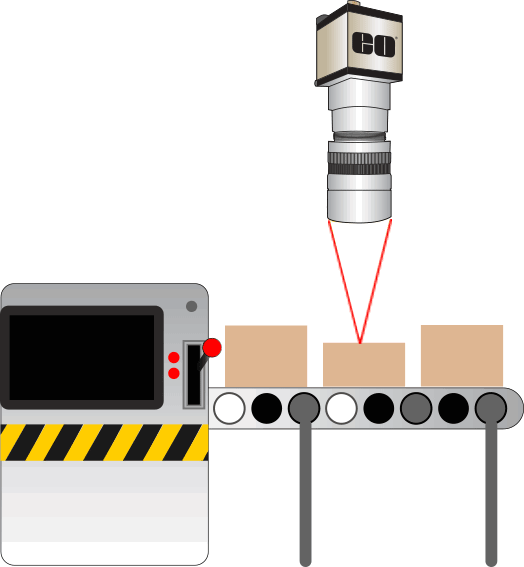
Figure 2: This animation illustrates the advantages of implementing a liquid lens into a machine vision imaging system for inspection. In a standard inspection system, objects of different heights are imaged as they pass by on a fast-moving conveyor belt. A standard imaging lens requires mechanical refocusing per every object, causing a delay that can limit high-throughput. A liquid lens, free of mechanical translation, overcomes these speed and depth of field limitations by refocusing to different heights in the matter of milliseconds.
Life Sciences
Liquid lenses improve and simplify the process of focus stacking (“z-stacking”) in microscopy imaging applications. Focus stacking is often required when imaging with high magnification objectives due to their limited depths of field. A liquid lens can quickly and precisely focus to various object planes, therefore expediting the process of focus stacking. Liquid lenses can be easily integrated into tube lenses or in infinity space within a microscope.
Liquid lenses are often used in ophthalmology, where refraction control and depth of field adjustment is crucial. Standard ophthalmic equipment contains multiple glass lenses used to adjust for the human eye. These lenses can be replaced with a single liquid lens, speeding up the imaging or diagnosis process and decreasing the overall size of ophthalmic equipment such as OCTs and phoropters.
Unmanned Aerial Vehicles
By adding a liquid lens to an unmanned aerial vehicle (UAV) imaging system, image sharpness is quickly maintained across various heights. Liquid lenses are especially advantageous in agricultural inspection and monitoring, geographic information systems, and in surveillance applications.
Measurement and Dimensional Rendering
When paired with a distance sensor and camera, a liquid lens can quickly image different planes of a 3D object. The images are then stitched together in software to create an accurate three-dimensional rendering.
Liquid Lens Technology
Variable Focus Liquid Lenses
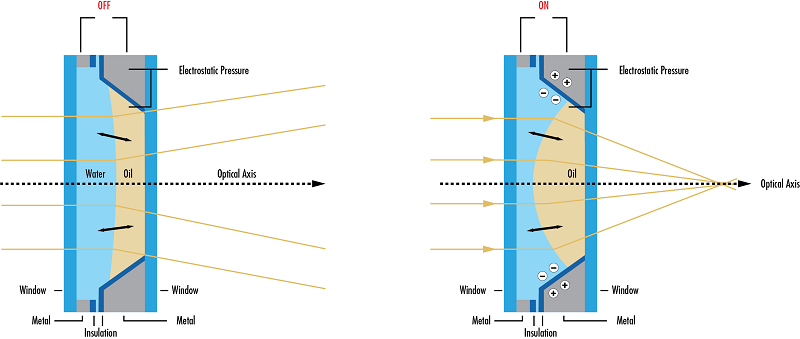
Figure 3: Variable Focus Liquid Lens Technology
Variable Focus Liquid Lenses focus using a process called electrowetting, which is the application of electric fields to manipulate the wetting properties, and therefore shape and curvature, of a liquid. The liquid lens cell contains two immiscible liquids: a non-conductive oil and a water solution separated by an interface. Applying a voltage at the interface between the two liquids changes the curvature, and therefore focal length, of the lens within tens of milliseconds. Applying more voltage increases the overall curvature and optical power of the liquid lens.
The Variable Focus liquid lenses’ capacitive characteristics allows for stable operation in high-temperature environments once a thermal equilibrium is achieved. In addition, the two liquids within the lens have the same density, making the system insensitive to vibration and shock.
Variable focus liquid lenses can be difficult to work with, as their small size makes them challenging to use with existing objectives. They are better suited to be fully integrated into optical designs, where their size is less of a limiting factor.
Focus-Tunable Lenses

Figure 4: Optotune Electrically-Focus Tunable Lenses
Optotune Electrically Focus-Tunable Lenses consist of an optical fluid-filled container sealed with a polymer membrane. A current-driven actuator exerts pressure on the membrane, causing the curvature of the lens (and therefore the optical power) to change.
Due to their current dependency, electrically-focused tunable lenses function with low operating voltages and focus within milliseconds. These lenses do not alter polarization, have high laser damage threshold, and introduce minimal aberrations.
Liquid Lens Technology Comparison
The following chart compares two liquid lens technologies offered by Edmund Optics®. These products offer similar technologies, with varying benefits and technical specifications ideal for a wide range of applications.
| Variable Focus Liquid Lenses | Focus-Tunable Lenses | |
|---|---|---|
|
|
||
| Advantages |
|
|
| Technology |
Electrowetting |
Shape changing polymer lens |
| Operating Principle | Voltage driven | Current driven |
| Ideal Integration Location | Within lens | Within or in front of lens |
| Aperture Sizes | Small Range from 2.5-3.9mm |
Large Range from 3 – 16mm |
| Power Consumption | <15mW | <2000mW |
| Edmund Optics Products |
*Specifications in the above chart are in reference to the total range covered by the product families as a whole, not individual products.
| Edmund Optics Liquid Lens Imaging Products | |
| TECHSPEC® Cx Series Fixed Focal Length Lenses | |
|
TECHSPEC® Cx Series Fixed Focal Length Lenses contain a Variable Focus Liquid lens, are modular, and compact. A liquid lens, filter, or aperture stop can be easily integrated within the lens, therefore adding no additional space to the setup.
|
|
| Dynamic Focus VZM Lens | |
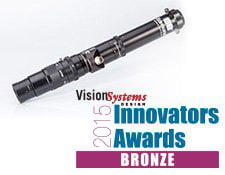 The Dynamic Focus VZM™ Lens utilizes an internal Optotune liquid lens to easily and seamlessly adjust focus over a 7X range, from 0.65X to 4.6X, while maintaining the zoom capabilities of the standard VZM™ Zoom Imaging Lenses. By integrating a liquid lens, the Dynamic Focus VZM Lenses allow for magnification adjustment without altering working distance. |
|
| TECHSPEC® Compact Objective Assemblies | |
|
TECHSPEC® Tunable Compact Objective Liquid Lens Assemblies integrate a liquid lens with 2X and 5X magnification compact objectives, allowing for quick electronic working distance adjustment. These assemblies are ideal for a variety of biomedical or machine vision applications. |
|
| TECHSPEC® MercuryTL™ Liquid Telecentric Lenses | |
|
TECHSPEC® MercuryTL™ Liquid Telecentric Lenses combine the versatile capabilities of liquid lenses with the perspective correction capabilities of a Telecentric Lens. The MercuryTL™ Liquid Lens Telecentric lenses are ideal for applications that require size accuracy and high-throughput. |
References
Bruno Berge. "Small, resilient liquid lenses - Portrait." YouTube. 14 April 2013. Web. 15, February 2018.













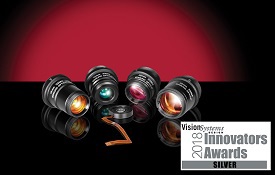
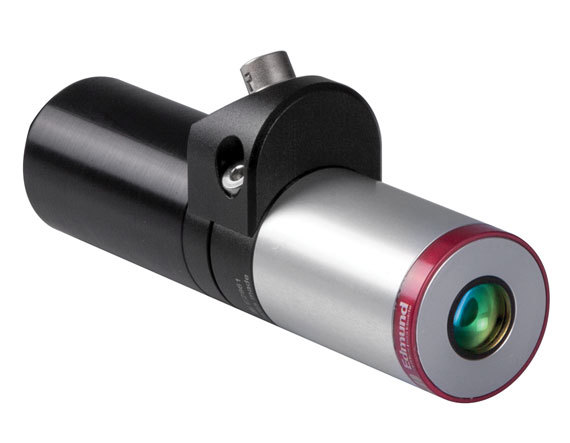
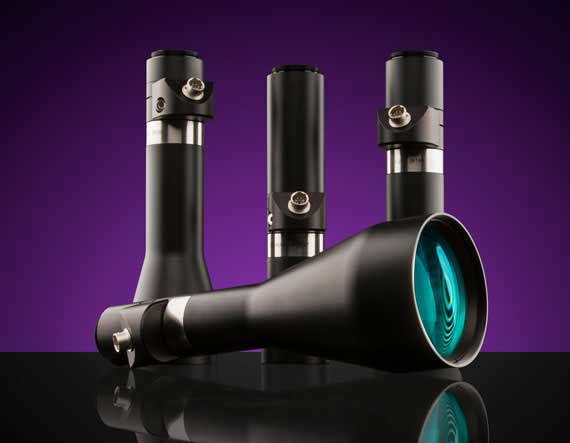
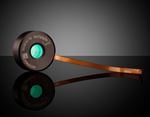
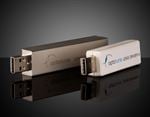
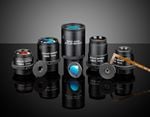

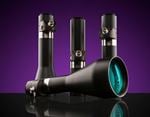
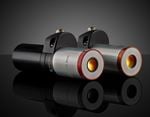
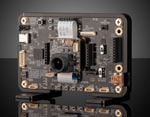
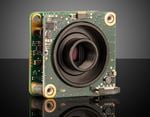
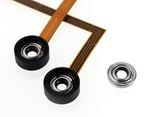
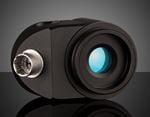
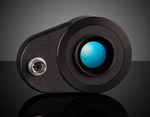
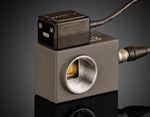
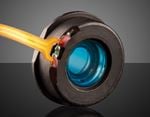
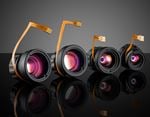
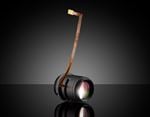
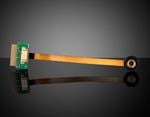
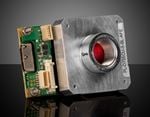
或查看各区域电话
报价工具
只需输入商品编号
Copyright 2023, 爱特蒙特光学(深圳)有限公司。— 广东省深圳市龙华工业东路利金城科技工业园3栋5楼 518109 - 粤ICP备2021068591号